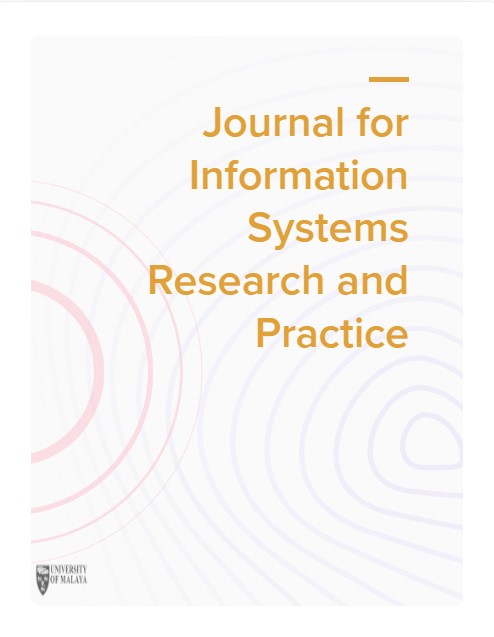Predicting Kidney Failure Cases Using Machine Learning Approaches
Keywords:
Classification algorithms; Kidney failure; Machine Learning, Neural Network, Support Vector Machine, K-Nearest Neighbors, Decision Tree.Abstract
This study presents an in-depth analysis of the application of machine learning approaches for predicting kidney failure. This is known as a critical condition that leads to severe health conditions if not properly diagnosed and treated. Although various diagnostic methods are available, diagnosing kidney failure early on is still challenging. The objective of this study is to predict the likelihood of kidney failure in patients by applying machine learning techniques. Our results demonstrate how machine learning approaches have a great deal of potential to increase kidney failure detection accuracy. Our algorithms predicted kidney failure in individuals with an outstanding 98% accuracy rate. These findings provide significant implications for the early detection and treatment of kidney failure, potentially leading to better patient outcomes and reduced expenses for healthcare. This study demonstrates the potential of machine learning techniques in improving the accuracy and effectiveness of kidney failure diagnosis. We used seven different classifiers: Support Vector Machine (SVM), K-nearest neighbors (KNN), Neural Network (NN), Naïve Bayes, Decision Tree (DT), Stack, and Logistic Regression. The SVM classifier achieved the best results, with an accuracy rate of 99.7%, closely followed by the Decision Tree classifier, which had an accuracy rate of 99.2%. Nonetheless, additional study is required to validate these findings and develop more thorough predictive models for clinical application.
Downloads
Published
How to Cite
Issue
Section
License
Copyright (c) 2024 Journal of Information Systems Research and Practice

This work is licensed under a Creative Commons Attribution-ShareAlike 4.0 International License.





